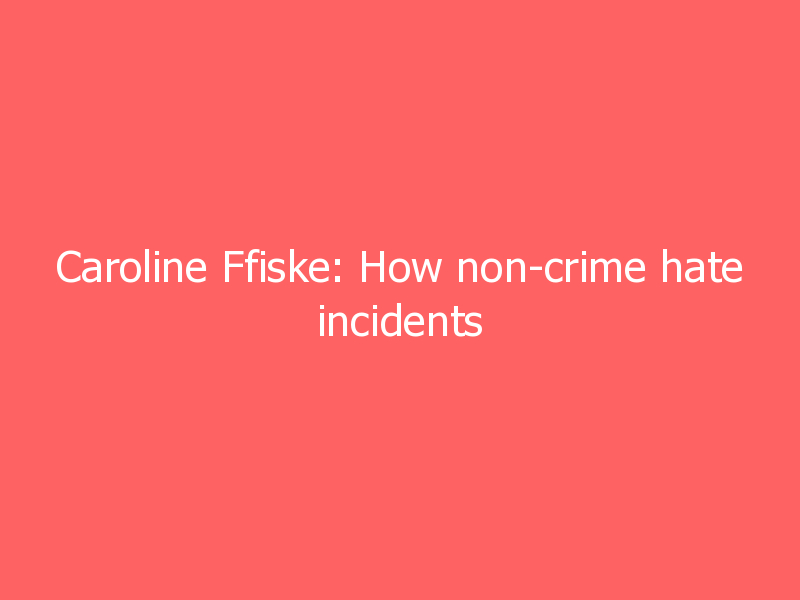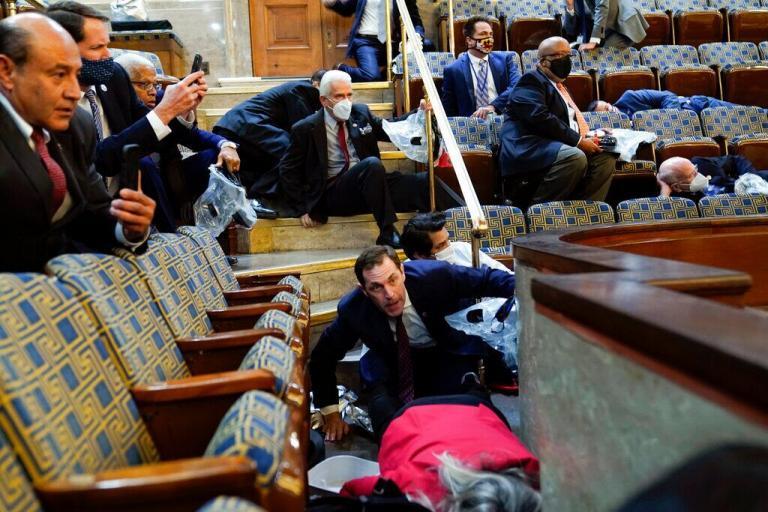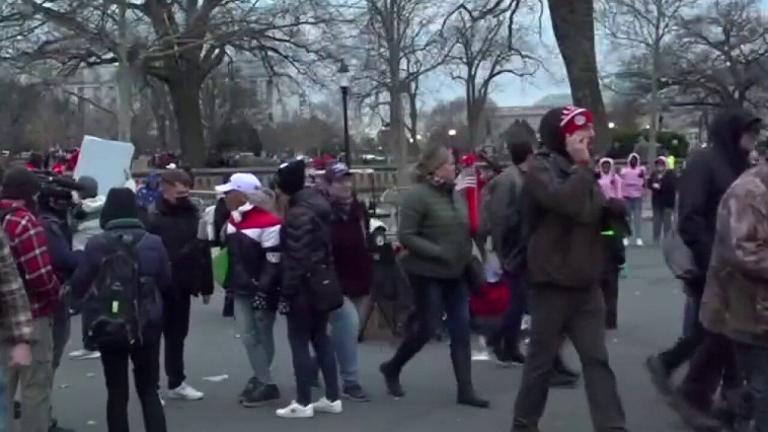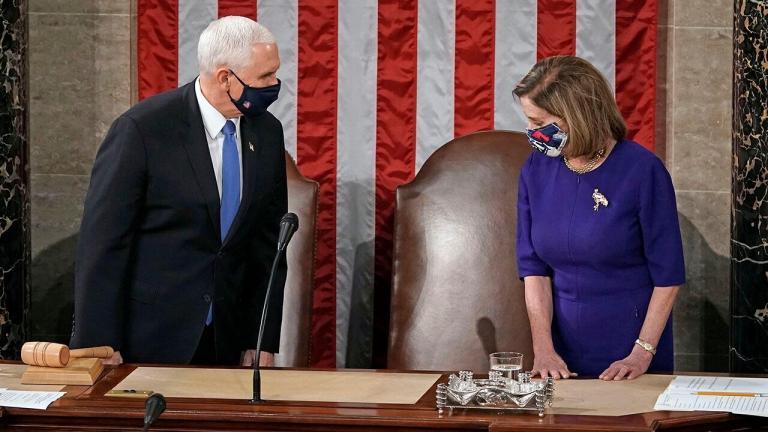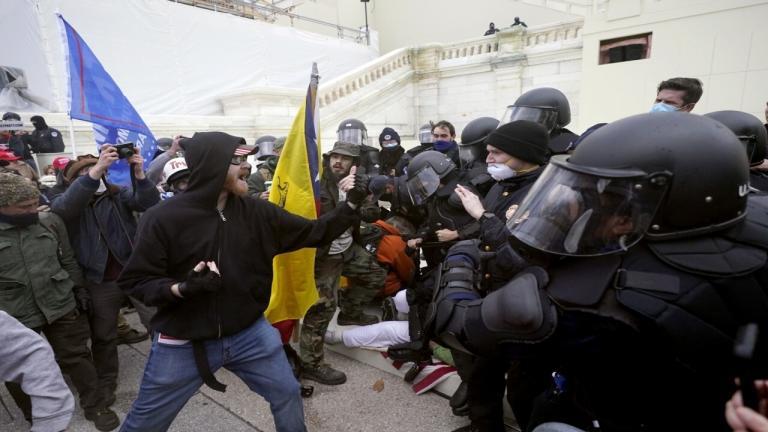
Caroline Ffiske is a former adviser to the New Zealand Government and Conservative councillor in Hammersmith & Fulham.
Sir William Macpherson, who led the damning report into the Metropolitan Police following the murder of Stephen Lawrence, has died, aged 94. Tributes have poured in for his groundbreaking work in naming and tackling institutional racism.
However, his legacy is mixed. For it was the Macpherson report which introduced into policing, the concept of the ‘non-crime hate incident’ which has become so controversial today.
Introduced with the best of intentions, it has grown and morphed beyond reason – more so than Macpherson could surely have imagined. How can we now freely debate important and controversial political issues, when to do so might land us with a police record accusing us of hate?
The question is of growing importance. Conservative MPs are taking an increasing interest in free speech – and Priti Patel is reported to be considering an overhaul of hate crime law.
Action would be complicated. There isn’t a single piece of hate crime law that, with a tweak or two, would restore us to a Miltonian lost paradise of free speech. But the non-crime hate incident is part of the mix ,and needs reform. Before exploring options, it’s useful and timely to revisit its origin and evolution; and also to carefully consider whether and how it harms.
The origin of the non-crime hate incident
The widely publicised Harry Miller case in 2019 helped to bring the non-crime hate incident to public attention – and gave the police a jolt.
Miller received a call from the police and was told to ‘check his thinking’ – and so learned that participating in online debate about the meaning of sex and gender had earned him a police record accusing him of hate.
When he took the matter to court, the judge agreed that the behaviour of Humberside Police, in their visit to and warning of Miller, had breached the boundaries of the reasonable. Their actions were criticised as being akin to those of the Cheka, the Stasi, and the Gestapo.
However, the judge also concluded that it was perfectly correct for the police to maintain a record of Miller’s tweets. In doing so, they were following the College of Policing Hate Crime Guidance which originated in the Macpherson Report.
This introduced key components of the non-crime hate incident; the most significant being the validity of individual perception. A ‘racist incident’ should be defined as ‘any incident which is perceived to be racist by the victim or any other person’. That was in 1999.
Concept creep
The College of Policing’s current Hate Crime Guidance can be found here; and the definition of non-crime hate incidents here.
As inspired by Macpherson, this says that all reported incidents must be recorded. There is a reminder of their supposed seriousness; they “should not be dismissed as unimportant; they can cause extreme distress to victims and communities”. After all, they might be “the precursor to more serious or escalating criminal offending”. This reminds us of Macpherson’s original serious intent.
But, twenty years on, nothing seems too trivial to count as a hate incident. It’s anything that anyone perceives to have been “motivated wholly or partially by hostility…the victim does not have to justify or provide evidence of their belief”. Indeed, police officers “should not directly challenge this perception…police officers may also identify a non-crime hate incident, even where the victim or others do not”. Indeed, “victims … may not be aware that they are a victim of a non-crime hate incident, even though this is clear to others”. Hostility? This from the Met: ‘evidence of the hate element is not a requirement.’
Macpherson intended the concept to tackle racism. But more ‘monitored strands’ have since been added: disability, religion, sexual orientation, and, most recently, transgender, in 2015. However, these don’t limit the concept: “non-crime hate incidents are also committed against victims who are targeted because of a non-monitored personal characteristic”.
The non-crime hate incident has become a concept without meaningful boundary – no wonder the police record people’s tweets.
The police keep notes; how is that a problem?
Firstly, the scale of the issue is not insignificant. In January last year, it was reported that police forces in England and Wales had recorded 120,000 non-crime hate incidents over the last five years.
People aren’t told when they’ve been accused of a hate incident now on police record. And there is an issue over how police handle these records.
In the Crime Report relating to Miller’s tweets, Humberside Police stated that “the suspect” was “posting transphobic comments on Twitter” and “showing hatred for the transgender community”.
This was a slur. Sarah Phillimore, a barrister who co-founded WeAreFairCop with Miller, discovered that her local police force has records describing her as ‘a barrister who has been posting hate about Jewish and transgender people’.
Regarding her comments about Jewish people, they noted that there is nothing ‘overtly offensive’ about them, but nevertheless claimed that she had been ‘posting hate’.
Again, this was a slur. But when Phillimore asked the Wiltshire police to delete the record, they wouldn’t – and here seems to be no mechanism for review. College of Policing Guidance also indicates that records could be shared with future employers via DBS checks.
You may feel sympathy for the police as they battle the intersections of ‘culture wars’, ‘vexatious reporting’, and guidance which requires them to record trivial matters. They must, at least, minimally comply.
But here is a video from the Wiltshire Police touting for trade ‘if you experience any kind of hate crime or incident then please call us on 101 or report it online’.
More generally, the non-crime hate incident now feeds into a police culture too focused on accusing us of offence. It’s one of the building blocks, which, taken together, resulted in the police investigating Darren Grimes for a media interview with David Starkey, and arresting Kate Scottow at her home and holding her in custody for eleven hours, because of some offensive tweets.
In February 2019, Boris Johnson said of Scottow’s case: ‘Whatever the rights and wrongs of this internet feud, we are wasting too much time and resource on cases like this’. Macpherson intended the concept to help drive community cohesion; I would argue that the non-crime hate incident has grown into a tool that can be used vexatiously to drive us apart.
Options for reform
The obvious route is a Law Commission Review. But the Commission is already mid-way through such a process – and it’s not boding well for free speech.
It’s more of the same: the Commission proposes to expand the reach of hate crime law, not limit it. It has proposed a new category of communication offence. Here is a telling extract: “The offence does not require proof that anyone was actually harmed”.
No, the Government must take charge. Racism and discrimination must be taken seriously; so too, must free speech and open debate – and the pursuit of violent crime. None of these benefit from police focus on the inconsequential.
Here are some suggestions for reform:
- The emotive concept of ‘hate’ is not helpful – would ‘discrimination’ be better?
- Some degree of significance is needed.
- If someone is accused of a non-crime hate incident, they should be informed.
- There should be a mechanism for challenge.
- Records should use non-emotive language; they should not slur people.
- The police should not tout for trade.
- Non-crime hate incidents should not be disclosed in DBS searches.
Alternatively, the government could grasp the bull by the horns; in the spirit of Macpherson, be bold. Twenty years on, the Conservatives could go full circle – and simply do away with the concept of Hate Crime altogether.
Originally found on Conservative Home Read More

